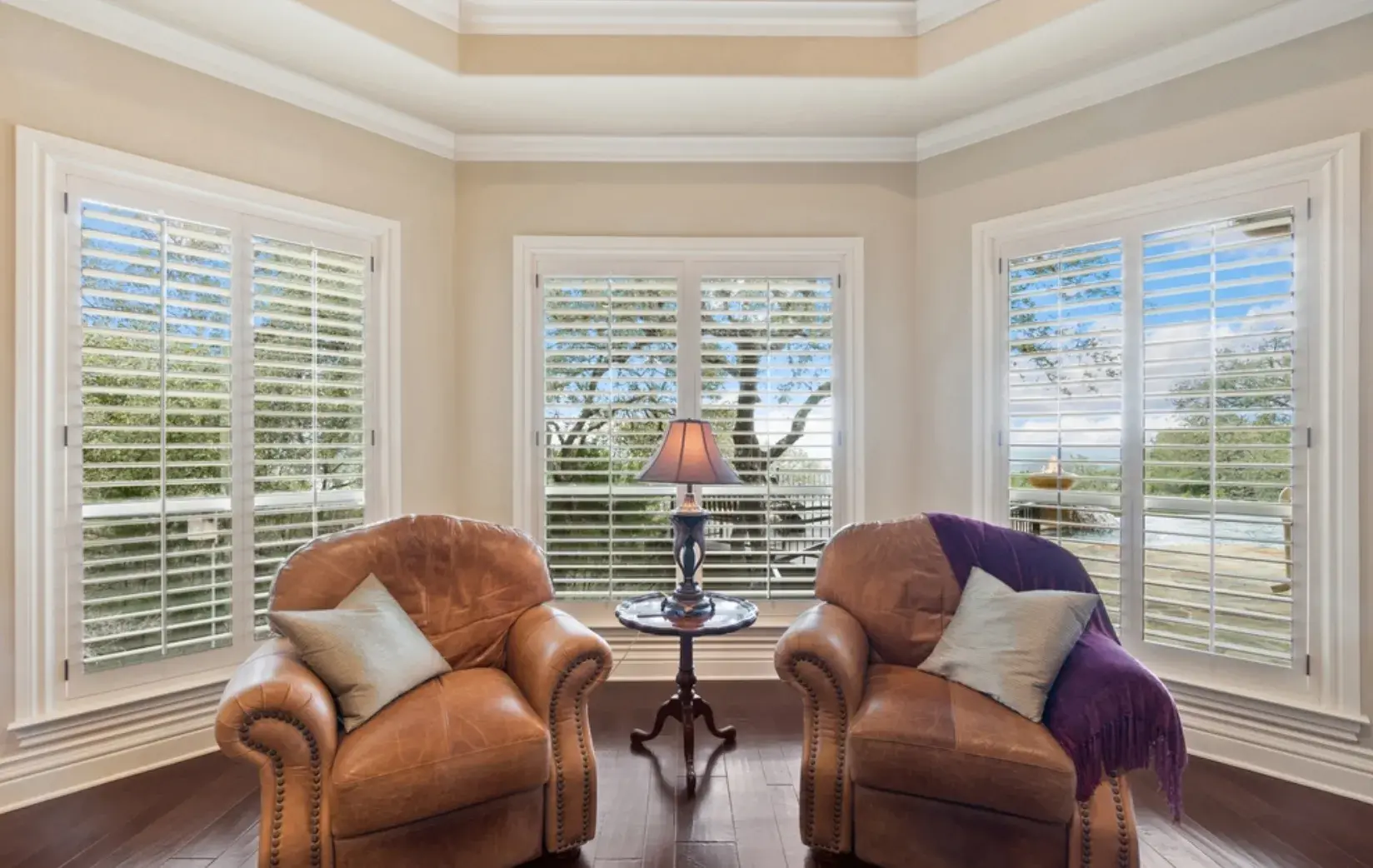When starting a room addition project in San Jose, comprehending the intricate framework of local building codes and zoning laws is crucial. The Planning, Building and Code Enforcement (PBCE) department mandates adherence to specific standards that influence every aspect of construction—from structural safety to environmental compliance. Before commencing your project, a detailed review of these regulations will not only help streamline the permit acquisition process but also mitigate potential legal complications. Additionally, aligning your design with these guidelines ensures that the addition enhances both the functionality and market value of your property. What often goes overlooked, however, are the subtle nuances that can significantly affect the outcome of your construction project.
Understanding Local Regulations
Before starting on a room addition project in San Jose, it is vital to thoroughly understand the local building codes and zoning regulations. San Jose’s Department of Planning, Building, and Code Enforcement (PBCE) mandates compliance with specific standards to guarantee safety, sustainability, and community integration.
Each residential area has designated zoning requirements that may influence the size, height, and boundary setbacks of your addition. It is essential to secure the necessary permits before construction begins. These regulations are in place not only to maintain the structural integrity of homes but also to preserve the aesthetic and cultural character of neighborhoods, fostering a sense of unity and belonging among residents. Detailed adherence to these guidelines will facilitate a smoother project execution.
Managing Construction Costs
Understanding and adhering to local regulations is the first step in planning a room addition in San Jose. Managing construction costs effectively is essential for keeping your project within budget while achieving desired outcomes.
Begin by obtaining detailed, itemized quotes from reputable contractors who are experienced with local building codes and requirements. Implement cost control measures such as phased inspections to guarantee that each stage of construction adheres to the budgeted costs.
Leverage competitive bidding to get the best value for each component of the project. Additionally, consider using cost-efficient materials and techniques that comply with energy efficiency standards, which can also lead to long-term savings.
Being part of a community that values sustainability and economic prudence will foster a sense of belonging and shared responsibility.
Read more:
Creating the Perfect Home Office With Room Additions in San Jose


